"How much?"
The man’s voice cuts through the room, stern and sharp. He clutches a sheet of paper, his hand beginning to tremble—not with surprise, but anger. The finely groomed moustache above his lip twitches. His top hat sits slightly askew as he slams the document onto the table.
"This isn’t what we agreed!" he snaps.
Around him, a group of men, all representatives of Everton Football Club, murmur in disbelief.
“Houlding wants to tie our rent to gate receipts instead of a fixed fee,” he explains. “It’s outrageous.”
The room stiffens. The discussion grows heated.
What those men didn’t know at that moment was that this disagreement would do far more than change their club’s finances. It would fracture Everton, give birth to a new club, and set the stage for one of the greatest rivalries in world football.
This is the story of how a rent dispute created the Merseyside Derby.
A Club's Stadium Dispute Gave Birth to Their Biggest Rival
The rivalry between Liverpool and Everton—two of English football’s most iconic clubs—wasn’t born from a dramatic match or a bitter defeat. Instead, it started with a disagreement over money and stadium rights.
It all began in the late 19th century, when Everton played their home games at Anfield, long before the name was associated with Liverpool FC. But a falling out between Everton’s board and Anfield’s owner, John Houlding, would change the course of football history.
An Unlikely Beginning: Everton’s Early Days at Anfield
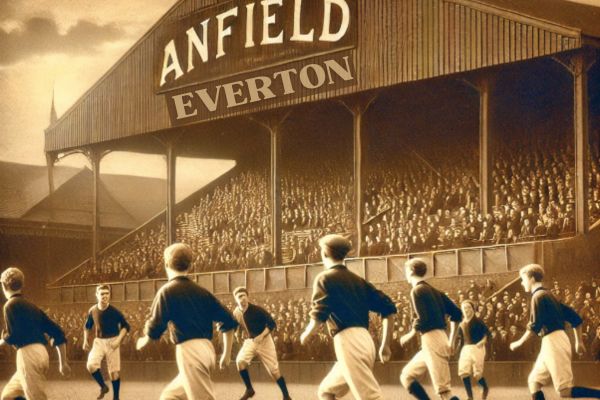
From 1884 to 1892, Anfield was Everton’s home. But as the club’s popularity grew, so did matchday revenues—and Houlding saw an opportunity. He proposed that Everton’s rent be calculated based on attendance figures, rather than the previously agreed fixed rate.
The proposal was met with outrage by Everton’s leadership. They saw it as a betrayal. When negotiations collapsed, the club packed its bags and moved to a new home: Goodison Park.
Everton's new home became one of the most iconic football grounds in England, a stage for club legends and unforgettable moments.

The Move That Created a Rival
With Everton gone, Anfield was left empty. But not for long.
Rather than let the stadium go unused, John Houlding founded a new club to fill the void. That club became Liverpool Football Club, officially established in 1892. Just like that, a split in the boardroom had created a new team—and a new enemy.
Separated by just Stanley Park, the two clubs were destined to clash, both on and off the pitch.
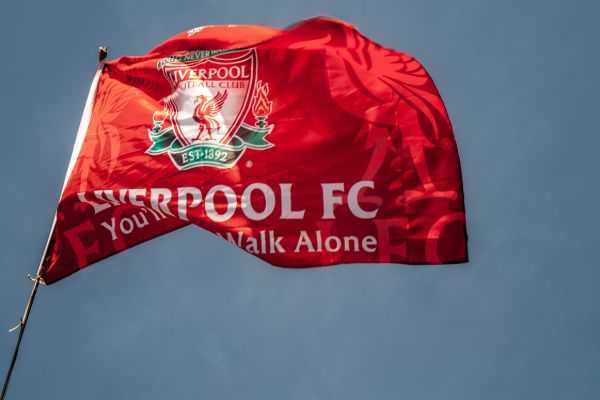
The decision to create Liverpool FC set the stage for a fierce new rivalry and a club that would go on to write countless chapters of football history.

From Business Fallout to Football Fire
What followed was one of the fiercest rivalries in the game. The Merseyside Derby, contested between Liverpool and Everton, grew in intensity as both clubs fought for dominance—not just in the city, but across England and eventually Europe.
What began with a dispute over rent became a battle of identity, loyalty, and pride.
Anfield and Goodison Today: Two Clubs, Two Homes
For over a century, Goodison Park has been Everton’s fortress. But that chapter is coming to an end. In 2025, the club will move to the Bramley Moore Dock Stadium, a modern venue that marks the start of a bold new era.
On the other hand, Anfield stadium has remained Liverpool’s home, with ongoing renovations and expansions ensuring its place as one of the most iconic stadiums in football.

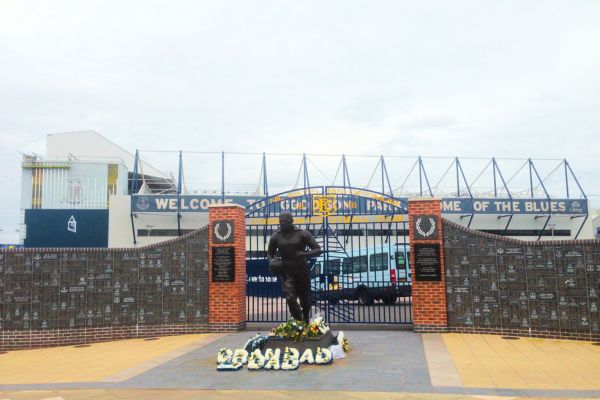
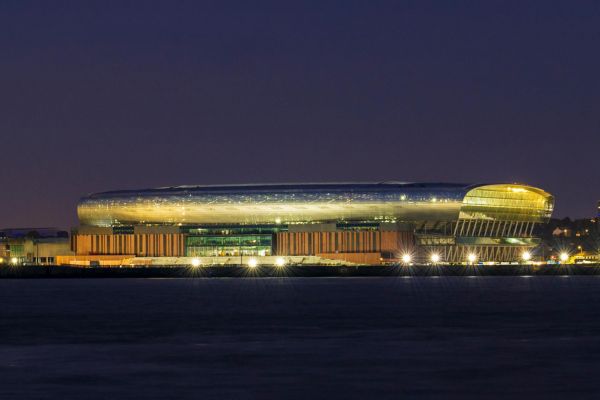
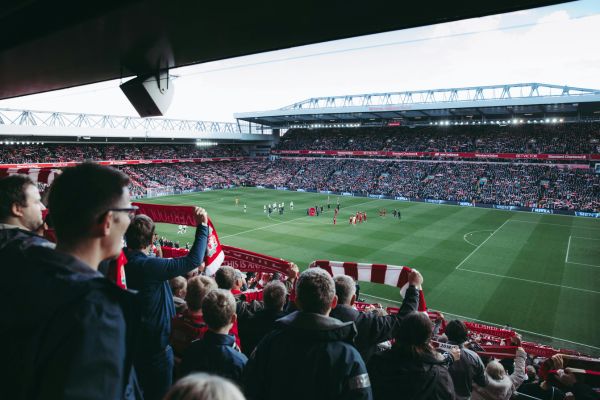
Visit the Grounds That Started It All
Visitors to Merseyside can explore the rich history of both clubs. Though Goodison tours are limited due to the upcoming move, Anfield remains open to fans and football history buffs alike.
A visit to Anfield isn’t just a stadium tour—it’s a walk through the origins of Liverpool FC and the dramatic split that sparked a global football rivalry.
The Future of the Merseyside Derby
As Everton settles into its new home on the docks and Liverpool continues to expand and evolve, one thing remains constant: the fierce rivalry between the clubs.
The Merseyside Derby has grown far beyond a local feud. It’s a story rooted in history, pride, and an argument over rent that forever changed the landscape of football.
That legacy was on full display during the last ever Merseyside derby at Goodison Park on 12 February 2025—a fiery match that ended with a dramatic last-minute Everton equaliser and Liverpool manager Arne Slot sent off after the final whistle in chaotic scenes.
And no matter how much the stadiums or squads change, that rivalry? It’s here to stay.
